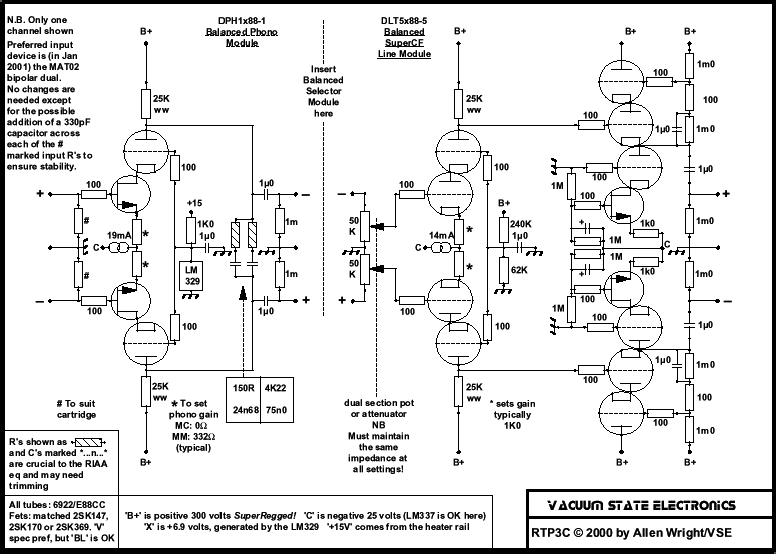It's not just a switch that is needed. The signal needs to be inverted which means including an additional inverter stage in the amplifier to correctly invert the phase. This active stage needs to be switched in and out for "in" or "out" of phase. Therefore to invert the phase properly the signal ends up going through another amplifier stage in the signal path. You could do it with a transformer, but that also means more components in the signal path and the corresponding degradation. Swings and roundabouts really. This topic isn't new, it was raised over 25 years ago and was much talked about in the USA on Audiogon. My US distributor at the time started pushing me to fit a phase switch to satisfy his clients and help increase his sales. In a matter of months it was all forgotten about until some other fad or flavour of the month topic came up. In reality, no one could put up with the faff of labelling their music indicating which phase they preferred. This topic is very similar to LP equalisation and what record companies did, or didn't fully adopt the RIAA standard post 1954 and corresponding modern phono stages, offering several different EQ's for users to choose which one they prefer the sound of...


